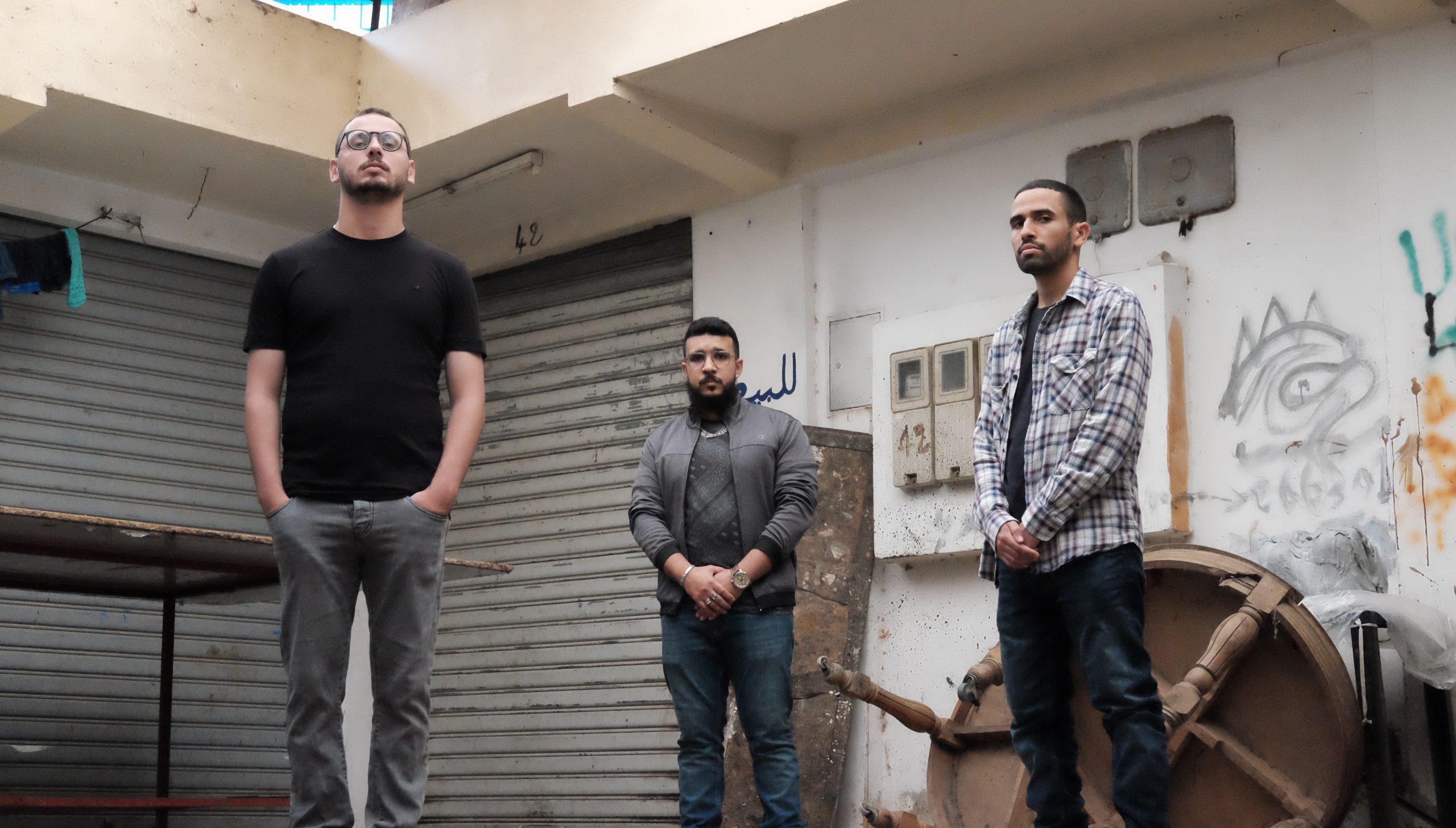Just landed in Casablanca, our mission was to give voice to talented rappers who had never been interviewed before! And that’s what we did with the L’Faree9 trio! A meeting, not far from the port of Casa, with Zehronin and Selfmy. | Interview by Polka.B / Trad: Chris P.
Why did you choose to call yourself L’Faree9, which means “the team”?
Selfmy: It was Yassine (the 3rd member of the group) who introduced us basically!
Zehronin: We met at the factory! (Laughs) No one knew I was rapping at first … I was making the beats and I was pretty low key.
S : There was a good feeling among us.
Z: Well to be honest, we chose L’Faree9 because we couldn’t find a name!
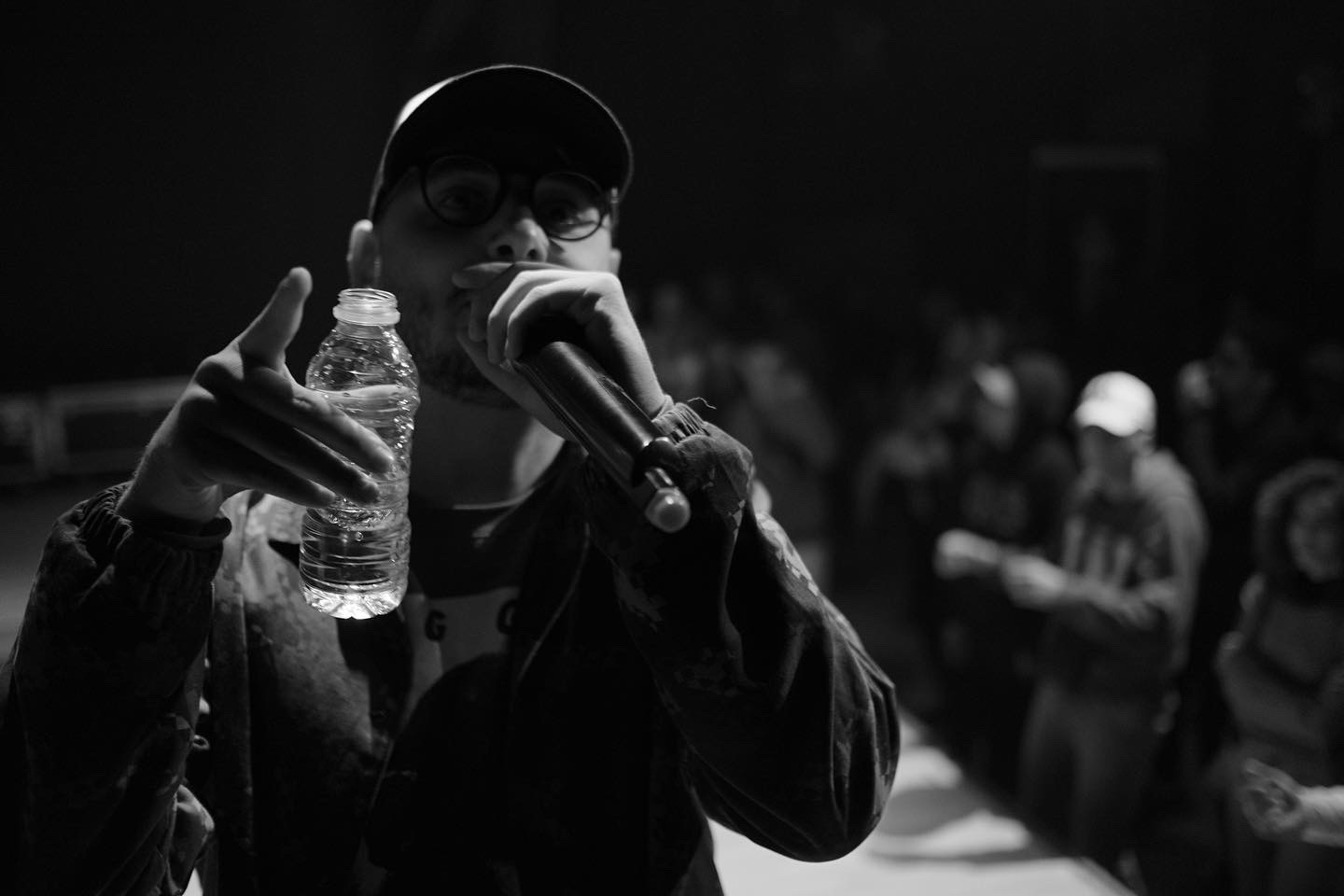
Were you more into the spirit of a collective of individuals ?
Z: That was it! We wanted to do something together while continuing to release songs solo. We have our individualities. But then, that doesn’t stop us from working as a real group.
How did you find out about rap?
S : My cousin introduced me to American rap. I really liked the vibe … “Hypnotize” from Biggie! It got more serious when I started listening to French rap: IAM, Lunatic, Booba, Youssoupha … I took me a long time to find the courage to write. I was listening to too much rap! I had to cut myself off from these influences to do my own thing.
Z : Same. My cousin lived in France and he was bringing me tapes. I started with big pop hits like Michael Jackson, then I went to 2Pac, 50 Cent … The Fugees track “Ready or not” really got me into it. This track ! It was too much !
Didn’t the Moroccan rap scene speak to you at the time?
S : It was much less developed than today. In my opinion, it was difficult to be inspired by it because the scene was still trying to find itself. The first one I listened to, who rapped in Darija, was Don Bigg. Many people started listening to rap in our language thanks to him.
Z : He is the first to have really succeeded. It was in 2006 with the album Mgharba Tal Moute. The project was well structured … It was the first time we listened to that. We still listen to it now, it’s a classic!
S : Before this album, songs from local rappers just weren’t released. We were listening to songs via Messenger or MySpace, but we didn’t take them too seriously.
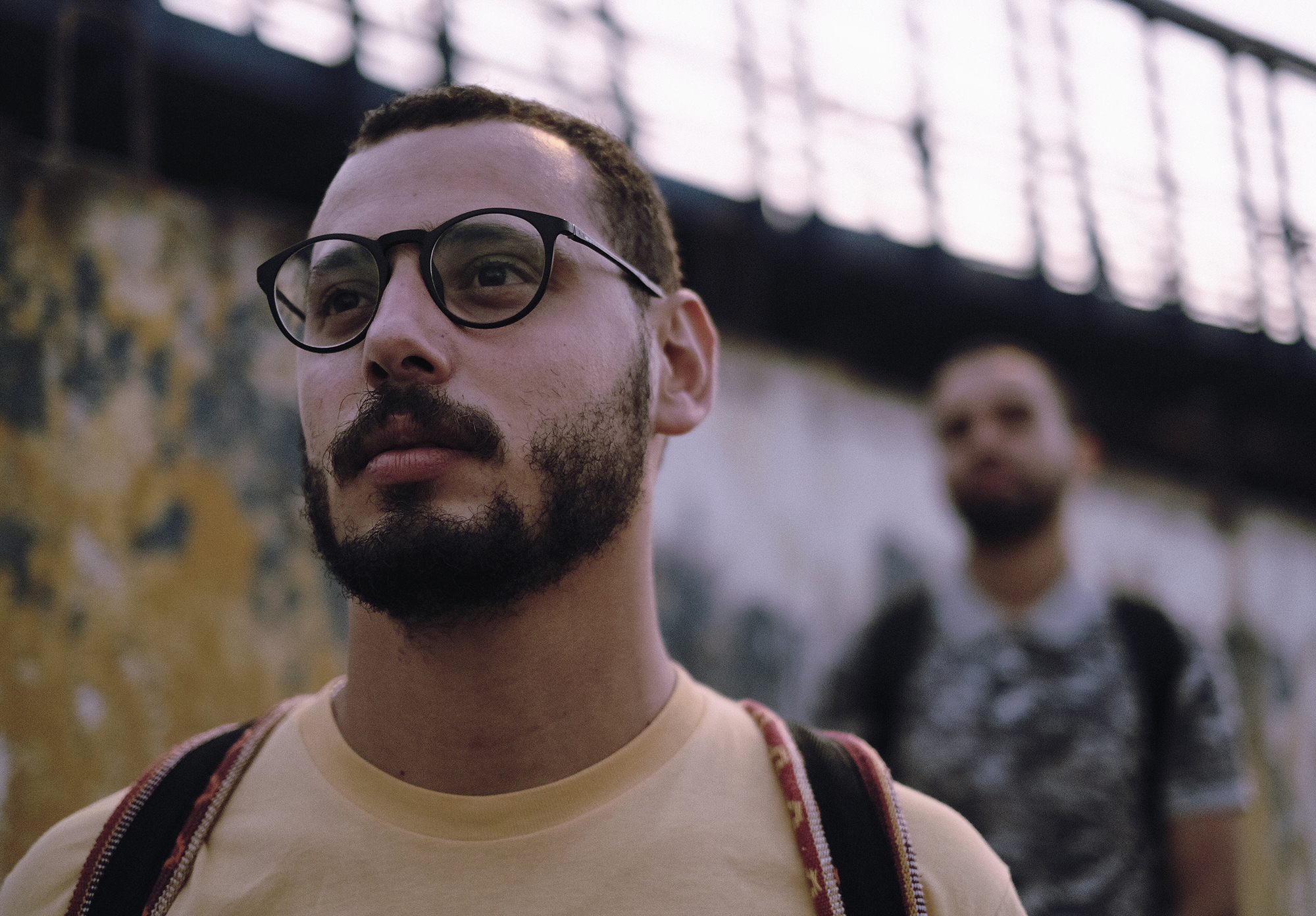
Today, Moroccan rappers have become the country’s youth popular artists. How did the scene expand so quickly?
S : Basically, most people listened to raï. For me, the transition was made with artists who began to mix rap and raï, like Bilal. Without realising it, these artists have shaped a new fanbase that has grown over time. They were talking about social problems and everyday situations that affect young people. So when the “pure rappers” arrived, they found a youth who was ready to receive this message and this music.
Z : At first, people weren’t too focused on the beats. What touched them was the texts. They could identify themselves.
When did this independent, ambitious and productive Moroccan rap scene develop?
Z : Everything accelerated around 2014.
S : A whole generation of rappers have made themselves known to the general public. Artists like 7liwa have shown that it is possible. The standards were high. The expectations were huge!
In this age of online influence, what kind of rap style have you turned to?
Z : Towards sampled music, because we like it too much. This is not at all retrograde for us. You can even use samples in trap. This is our questioning of the moment. We are currently adapting our music to the sounds of today.
S : We understood that here, people do not get certain rap codes. We were maybe a little too “geeks”. We were arguing over writing, making beautiful metaphors … It was almost poetry. We injected references to films, series, video games … But most of the listeners did not understand that.
Z : There were too many references. It’s important to be self-critical. We want to purify our music while still being ourselves. The background will remain the same, but it will be transmitted in a different way.
S : Usually, almost the whole sentence rhymed. We did multisyllabics, it was super technical! It was taking a long time for quite a few returns in the end. We are attentive to the feedback. We are not interested in being alone in our delirium.
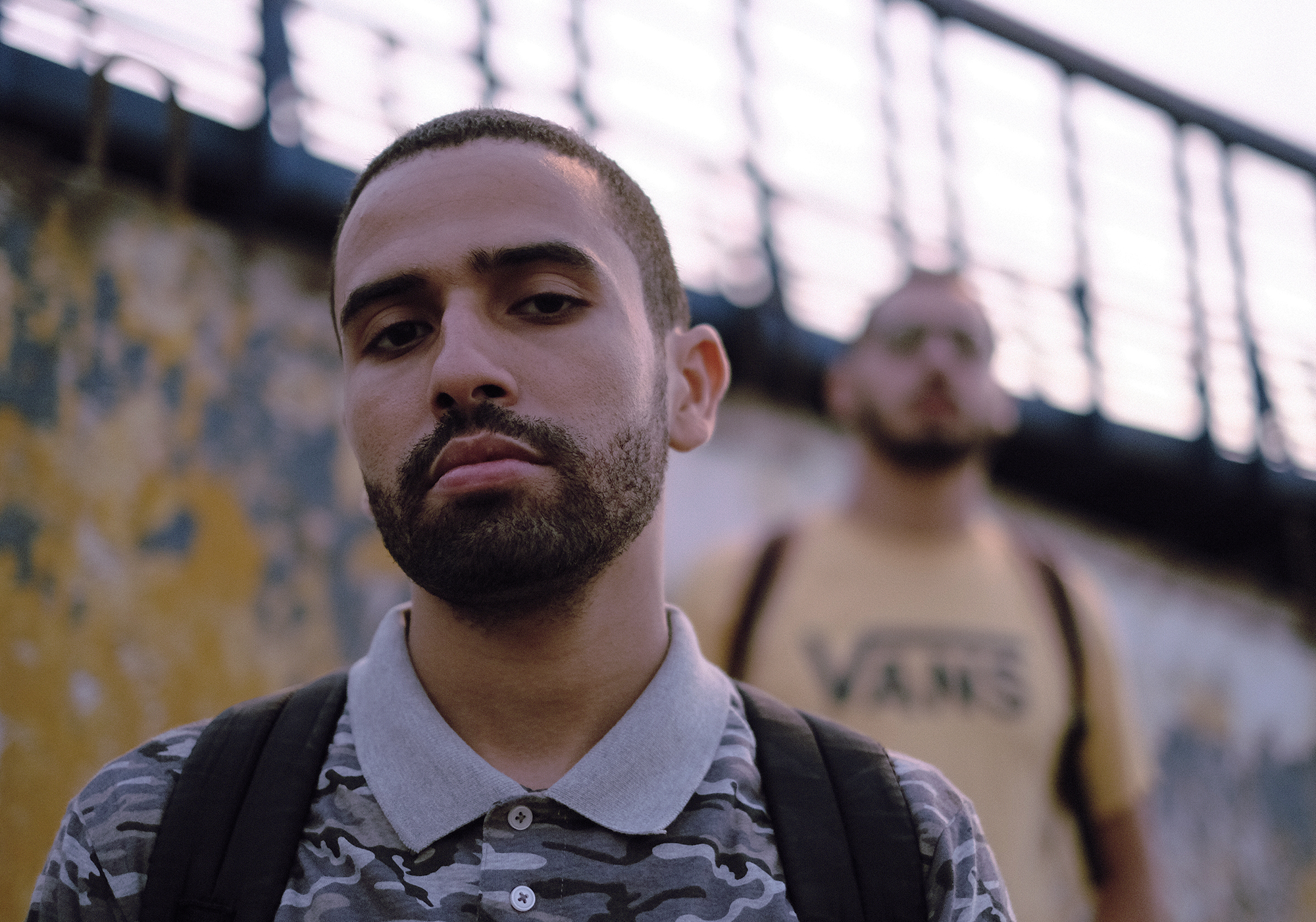
Is this the direction you took for your last clip “Sakan Trou7 Tri7”? The visual and musical universe is clearly in contrasts with your old songs …
Z : That’s right! Besides, this song started from a dig. We took clips from a Moroccan film about a family living with ghosts that haunt their house. It allowed us to make a metaphor of our group, living alongside ghosts that we compare with other rappers. We don’t see them, and they don’t scare us! (Laughs) But, there you have it, it was a really absurd thing. We didn’t do it seriously.
S : This film is The Silence of the Night. It is considered as a late 80s classic here. The cool thing is that this image allowed us to be ironic. For me it’s super important. This is what makes us laugh and cry at the same time. It resembles life.
In our opinion, your verses are far from being lost in technique!
Z : Even if we question ourselves, form will always remain important to us. If you say interesting things but you don’t rap on time, I won’t retain anything from what you say! I won’t even want to listen to you!
S : If guys like Eminem have managed to be unconventional, it is also because, they had an irreproachable technique to start with. Before pretending to be creative, I think you have to master some rap fundamentals first. Sometimes, some people hide behind the “creativity” side to hide their weakness.
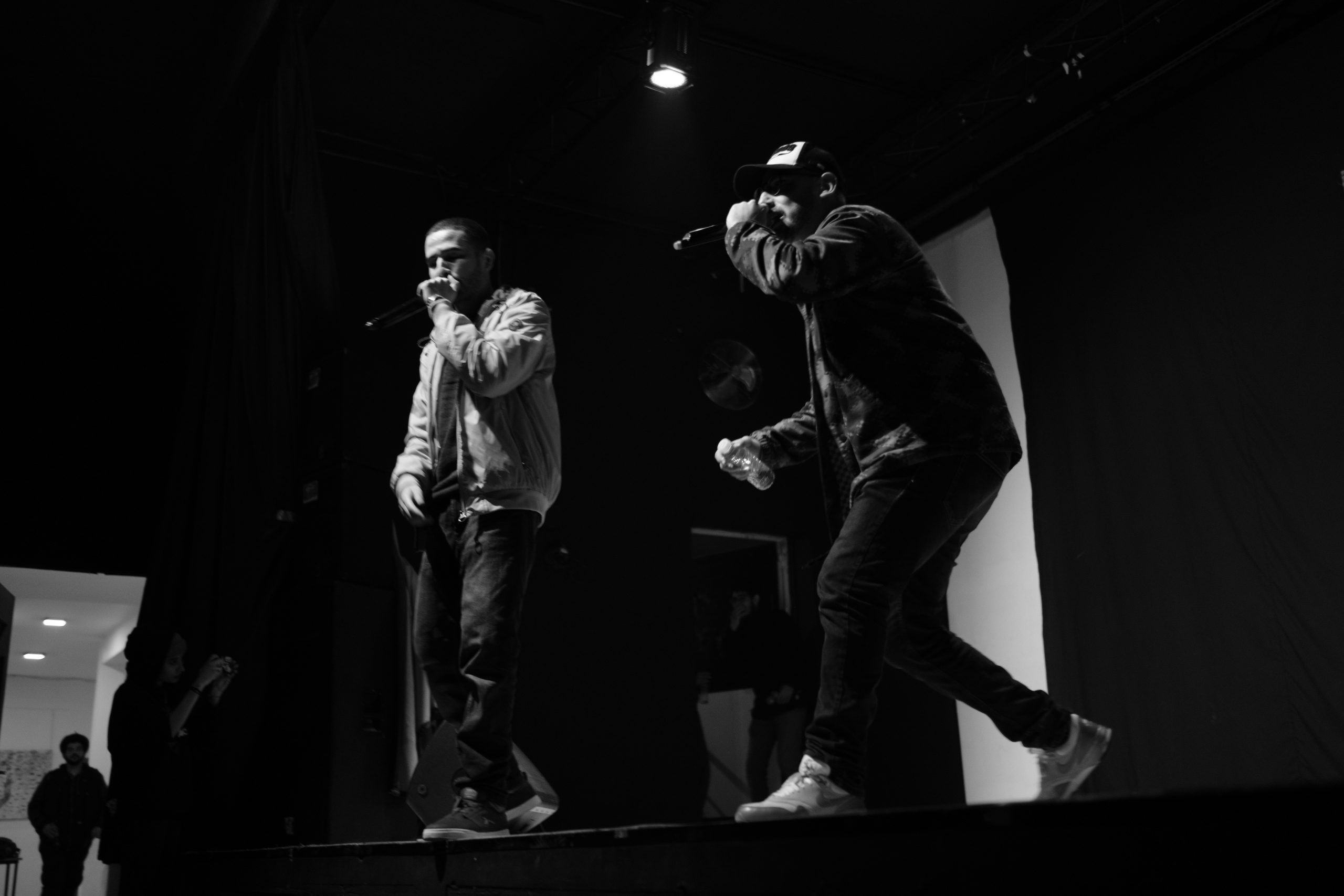
What do you think of those who criticise trap music, and who miss the rap of the 90s?
Z : We are not part of them. It doesn’t matter if it’s trap or boom-bap. These are just different drums with a different tempo, nothing more. If you can rap, you can lay on both
S : We listen to J-Cole, Logic, Kendrick Lamar… They are technical rappers who rap on the current beats.
What Moroccan rappers would you recommend listening to?
Dizzy Dros, Fat Mizzo, Nessyou, Moby Dick, Al Nasser, Pause Flow…
One last word ?
Thanks for the interview!
